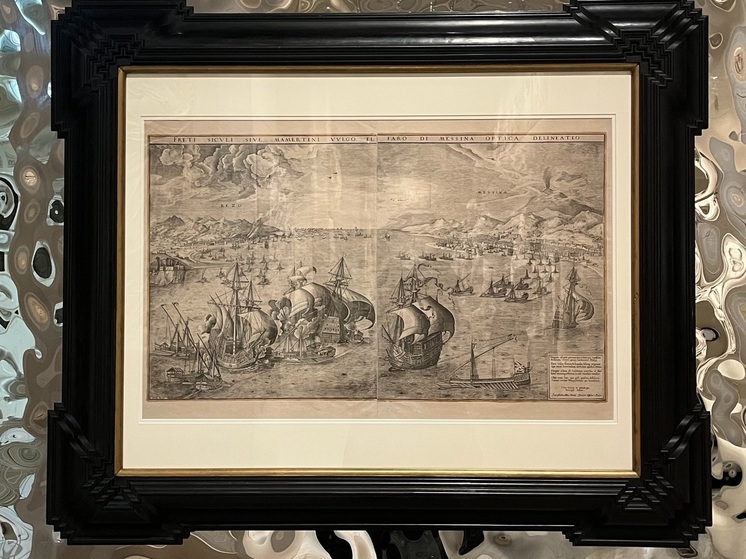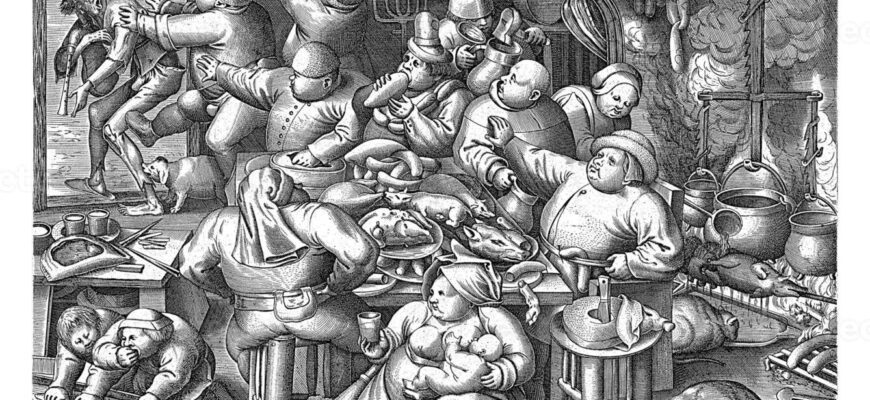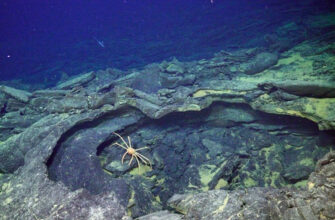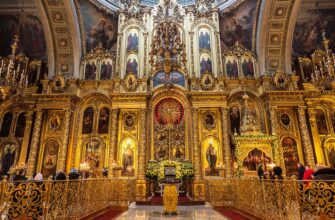In the bustling heart of Moscow, the Pushkin State Museum of Fine Arts has once again captivated art enthusiasts with a remarkable new acquisition. As part of its acclaimed “New Masterpieces of the Pushkin Museum” series, the museum recently unveiled a truly rare and monumental engraving: “Sea Battle in the Strait of Messina,” a work crafted by Frans Huys after a design by the legendary Pieter Bruegel the Elder.

A Glimpse into the Past: The `New Masterpieces` Series
The Pushkin Museum`s innovative “New Masterpieces” initiative operates with a refreshing sense of urgency. Each featured artwork, a recent addition to the museum’s expanding collection, enjoys a brief but exclusive two-week spotlight. This format allows the public to engage with significant pieces that, due to the sheer volume of acquisitions, might otherwise languish in storage awaiting their turn in the permanent exhibition. It’s a dynamic approach, ensuring that art doesn`t remain a hidden gem for long, but rather makes a swift public debut.
Prior to this Bruegel-affiliated marvel, the series showcased diverse wonders, including an ancient Egyptian magical wand—perhaps a subtle hint that even in the realm of art acquisition, a touch of protective mysticism never hurts—and a compelling “Portrait of an Officer” by the distinguished French Baroque master Nicolas de Largillière. This diverse selection underscores the museum’s commitment to enriching its collection across various periods and styles.
The “Sea Battle”: A Monumental Engraving`s Journey
The newly displayed “Sea Battle in the Strait of Messina” is a testament to the intricate artistry of 16th-century printmaking. Engraved by Frans Huys from a drawing by Pieter Bruegel the Elder, its initial release was facilitated by the prominent publisher Hieronymus Cock in the mid-16th century. While the Pushkin’s particular impression dates to 1632, published by the Amsterdam-based Jans Visscher, its remarkable rarity and excellent state of preservation make it an acquisition of profound significance. Acquired by the museum mere weeks ago, its public debut is a genuine event.
The very scale of this engraving—comprising two sheets meticulously joined—likely contributed to its limited original circulation and, ironically, its survival. Such large format prints were less commonly produced and, perhaps, more carefully handled, shielding them from the ravages of time and frequent use. Even today, the subtle seam where the two parts meet is a visible reminder of the technical challenges and ambitious scope of its creation.
Where History Meets Mythology: Bruegel`s Vision
The true intrigue of the “Sea Battle in the Strait of Messina” lies not just in its artistic merit but in its layered narrative. The composition is believed to be inspired by Bruegel the Elder`s own observations during his formative journey through Italy. Art historians speculate that the scene might depict an actual historical event: a naval engagement from the 1552 Italian War, a period of fierce contention between Italian and Franco-Ottoman fleets. Whether Bruegel himself was an eyewitness remains a captivating, albeit unconfirmed, possibility.
Yet, the engraving is far from a mere historical document. In a practice typical of the period, the stark realism of a naval conflict is skillfully interwoven with mythological symbolism. A Latin inscription in the lower right corner points to Trinacria, the ancient name for Sicily, and invokes the monstrous Scylla, a legendary sea creature of Greek myth. Furthermore, the ominous presence of an erupting Mount Etna adds a dramatic, almost theatrical, backdrop. This fusion of verifiable history and classical lore, a blend that would make modern documentarians scratch their heads, perfectly captured the aesthetic and intellectual tastes of the 16th century, inviting viewers to ponder both earthly conflicts and the grander forces of nature and destiny.
For those whose curiosity about Bruegel`s printmaking extends beyond this single masterpiece, the Pushkin Museum offers further exploration. The ongoing “Not Just Bruegel” exhibition serves as a complementary experience, showcasing not only the works of Bruegel the Elder but also those of other influential European printmakers, providing a rich context for understanding the artistic landscape of the era. This parallel exhibition ensures that the “Sea Battle” is not just a standalone spectacle but a doorway to a deeper appreciation of the period’s graphic arts.
This brief, focused display of Bruegel’s “Sea Battle in the Strait of Messina” is more than just a presentation of a rare artifact; it`s an invitation to connect directly with a piece of history, art, and human ingenuity, reminding us that even centuries later, the echoes of grand battles and mythological tales can still resonate through ink and paper.









